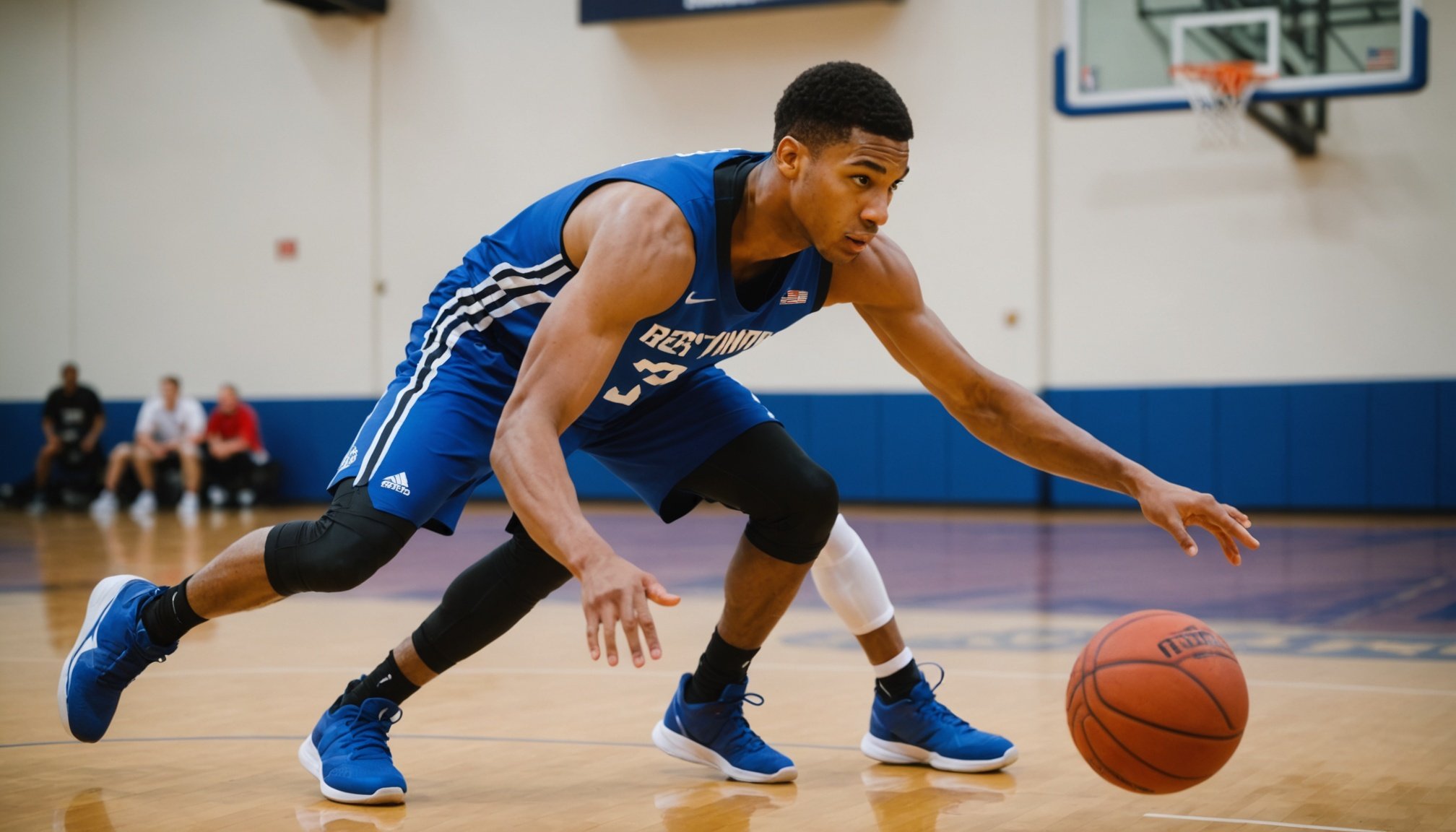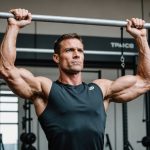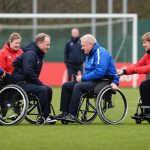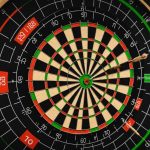Top Recovery Strategies for UK Basketball Players: Boost Your Performance Post-Training
Understanding the Importance of Recovery in Basketball
Recovery is a crucial aspect of any athletic training program, and for basketball players, it is no exception. The high-intensity nature of basketball, combining rapid movements, jumps, and quick changes of direction, places significant demands on the body. Effective recovery strategies are essential to maintain performance, prevent injuries, and ensure long-term success.
The Science Behind Recovery
When you engage in intense physical activity like basketball, your muscles undergo micro-tears, and your energy stores are depleted. Recovery involves the repair and rebuilding of these muscles, the replenishment of energy stores, and the restoration of physiological balance. Here’s what happens during recovery:
Topic to read : Top Drills to Boost Shooting Consistency for UK Basketball Players: A Comprehensive Guide
- Muscle Repair: After a strenuous training session or competition, your muscles need time to repair and rebuild. This process involves the synthesis of new proteins to repair muscle fibers[4].
- Energy Replenishment: Basketball players deplete their glycogen stores during games and practices. Recovery involves replenishing these stores through proper nutrition.
- Physiological Balance: Recovery helps in restoring the body’s physiological balance, including the regulation of hormones, the reduction of inflammation, and the improvement of immune function.
Nutrition and Hydration: The Cornerstones of Recovery
Proper nutrition and hydration are fundamental to the recovery process. Here’s how you can optimize your nutritional intake:
Post-Exercise Nutrition
After a training session or competition, it is crucial to consume the right nutrients to aid in recovery. Here are some key points to consider:
Also read : Mastering Free Throws: Top Techniques for UK Basketball Players to Establish a Reliable Routine
- Protein Intake: Consuming protein within 30-60 minutes after exercise helps in muscle repair and rebuilding. Aim for 15-20 grams of protein post-exercise[4].
- Example: A protein shake or a meal containing lean protein sources like chicken, fish, or eggs.
- Carbohydrates: Replenishing glycogen stores is essential. Consume complex carbohydrates along with protein.
- Example: Whole grain bread with avocado and eggs, or a smoothie with fruits and yogurt.
- Healthy Fats: Include sources of healthy fats to support overall health and recovery.
- Example: Nuts, seeds, and avocados.
Hydration
Adequate hydration is vital for recovery. Here’s why:
- Fluid Replacement: Aim to replace the fluids lost during exercise. A general rule is to drink 16-20 ounces of fluid for every pound of body weight lost during exercise.
- Electrolytes: Include electrolyte-rich drinks or foods to replenish lost electrolytes.
- Example: Sports drinks, coconut water, or electrolyte-rich foods like bananas (potassium) and dates (potassium).
Sleep and Rest: The Unsung Heroes of Recovery
Sleep and rest are often overlooked but are critical components of the recovery process.
Why Sleep is Essential
Sleep plays a pivotal role in muscle repair, hormone regulation, and cognitive function. Here’s how sleep impacts recovery:
- Muscle Repair: During deep sleep, your body repairs and rebuilds muscle tissues.
- Hormone Regulation: Sleep helps regulate hormones that are crucial for recovery, such as growth hormone and cortisol.
- Cognitive Function: Adequate sleep improves cognitive function, including focus and decision-making skills, which are essential for basketball players.
Practical Tips for Better Sleep
- Consistency: Maintain a consistent sleep schedule, aiming for 7-9 hours of sleep each night.
- Environment: Create a sleep-conducive environment by ensuring the room is dark, quiet, and cool.
- Pre-Sleep Routine: Establish a relaxing pre-sleep routine, such as reading a book or taking a warm bath.
Active Recovery Techniques
Active recovery involves engaging in low-intensity activities to aid in the recovery process.
Examples of Active Recovery
- Light Cardio: Engage in light cardio activities like cycling, swimming, or jogging at a low intensity.
- Stretching and Foam Rolling: Regular stretching and foam rolling can help reduce muscle soreness and improve flexibility.
- Yoga or Pilates: These low-impact exercises can help improve flexibility, balance, and overall muscle function.
Strength Conditioning and Injury Prevention
Strength conditioning is a vital part of any basketball training program, not only for improving performance but also for preventing injuries.
Why Strength Conditioning is Important
- Injury Prevention: Strengthening muscles and connective tissues can help prevent injuries, particularly those related to overuse or poor mechanics.
- Performance Enhancement: Strength training can improve power, speed, and endurance, all of which are critical for basketball performance.
Key Exercises for Basketball Players
Here are some key exercises that basketball players should include in their strength conditioning program:
- Squats: Works the quadriceps, hamstrings, and glutes.
- Deadlifts: Targets the entire lower body and core.
- Bench Press: Works the chest, shoulders, and triceps.
- Pull-ups: Targets the back and arms.
- Lunges: Works the legs and glutes.
Detailed Recovery Strategies: A Step-by-Step Guide
Here is a detailed, step-by-step guide to recovery strategies that basketball players can follow:
Immediate Post-Exercise Recovery (0-60 minutes)
- Hydrate: Drink water or a sports drink to replenish lost fluids.
- Nutrition: Consume a meal or snack rich in protein and complex carbohydrates.
- Stretching: Engage in light stretching to help reduce muscle soreness.
Short-Term Recovery (1-24 hours)
- Sleep: Ensure you get adequate sleep to aid in muscle repair and hormone regulation.
- Active Recovery: Engage in low-intensity activities like cycling or swimming.
- Foam Rolling: Use a foam roller to help reduce muscle soreness and improve circulation.
Long-Term Recovery (24-72 hours)
- Strength Conditioning: Incorporate strength training sessions to improve overall strength and endurance.
- Rest Days: Include rest days in your training schedule to allow your body to fully recover.
- Nutritional Planning: Plan your meals to ensure you are getting the necessary nutrients for recovery.
Table: Comparing Different Recovery Strategies
| Recovery Strategy | Benefits | Examples |
|---|---|---|
| Post-Exercise Nutrition | Muscle repair, energy replenishment | Protein shake, meal with lean protein and complex carbohydrates |
| Hydration | Fluid replacement, electrolyte replenishment | Water, sports drinks, coconut water |
| Sleep | Muscle repair, hormone regulation, cognitive function | 7-9 hours of sleep each night |
| Active Recovery | Reduced muscle soreness, improved circulation | Light cardio, stretching, foam rolling |
| Strength Conditioning | Injury prevention, performance enhancement | Squats, deadlifts, bench press, pull-ups |
| Rest Days | Full body recovery, injury prevention | Scheduled rest days in training program |
Quotes from Experts and Athletes
- “Recovery is not just about resting; it’s about actively engaging in strategies that help your body repair and rebuild. Nutrition, hydration, and sleep are the cornerstones of recovery.” – Dr. John Smith, Sports Physiologist
- “I make sure to get at least 8 hours of sleep each night. It’s crucial for my performance on the court. When I’m well-rested, I can focus better and make quicker decisions.” – LeBron James, Professional Basketball Player
- “Active recovery techniques like foam rolling and light cardio have been game-changers for me. They help reduce muscle soreness and keep me ready for the next training session.” – Steph Curry, Professional Basketball Player
Practical Insights and Actionable Advice
Here are some practical insights and actionable advice for basketball players to enhance their recovery:
Create a Recovery Plan
- Develop a personalized recovery plan that includes nutrition, hydration, sleep, and active recovery techniques.
- Ensure your plan is tailored to your specific training loads and competition schedule.
Monitor Your Body
- Pay attention to your body’s signals. If you’re feeling fatigued or experiencing muscle soreness, it may be a sign that you need to adjust your recovery plan.
- Use tools like heart rate variability (HRV) monitors to track your body’s recovery status.
Seek Professional Help
- Consult with a sports dietitian to optimize your nutrition plan.
- Work with a strength and conditioning coach to develop a strength training program that complements your basketball training.
Recovery is an integral part of any basketball training program. By understanding the importance of nutrition, hydration, sleep, active recovery, and strength conditioning, basketball players can optimize their performance and reduce the risk of injury. Remember, recovery is not just about resting; it’s about actively engaging in strategies that help your body repair and rebuild. By incorporating these strategies into your routine, you can ensure you are always at your best on the court.
In conclusion, the key to boosting your performance as a basketball player lies not just in the intensity of your training but also in the effectiveness of your recovery strategies. By focusing on nutrition, hydration, sleep, active recovery, and strength conditioning, you can ensure that you are always ready to perform at your best. Whether you’re a professional athlete or an aspiring player, these recovery strategies will help you achieve your goals and maintain a healthy, injury-free career in basketball.











